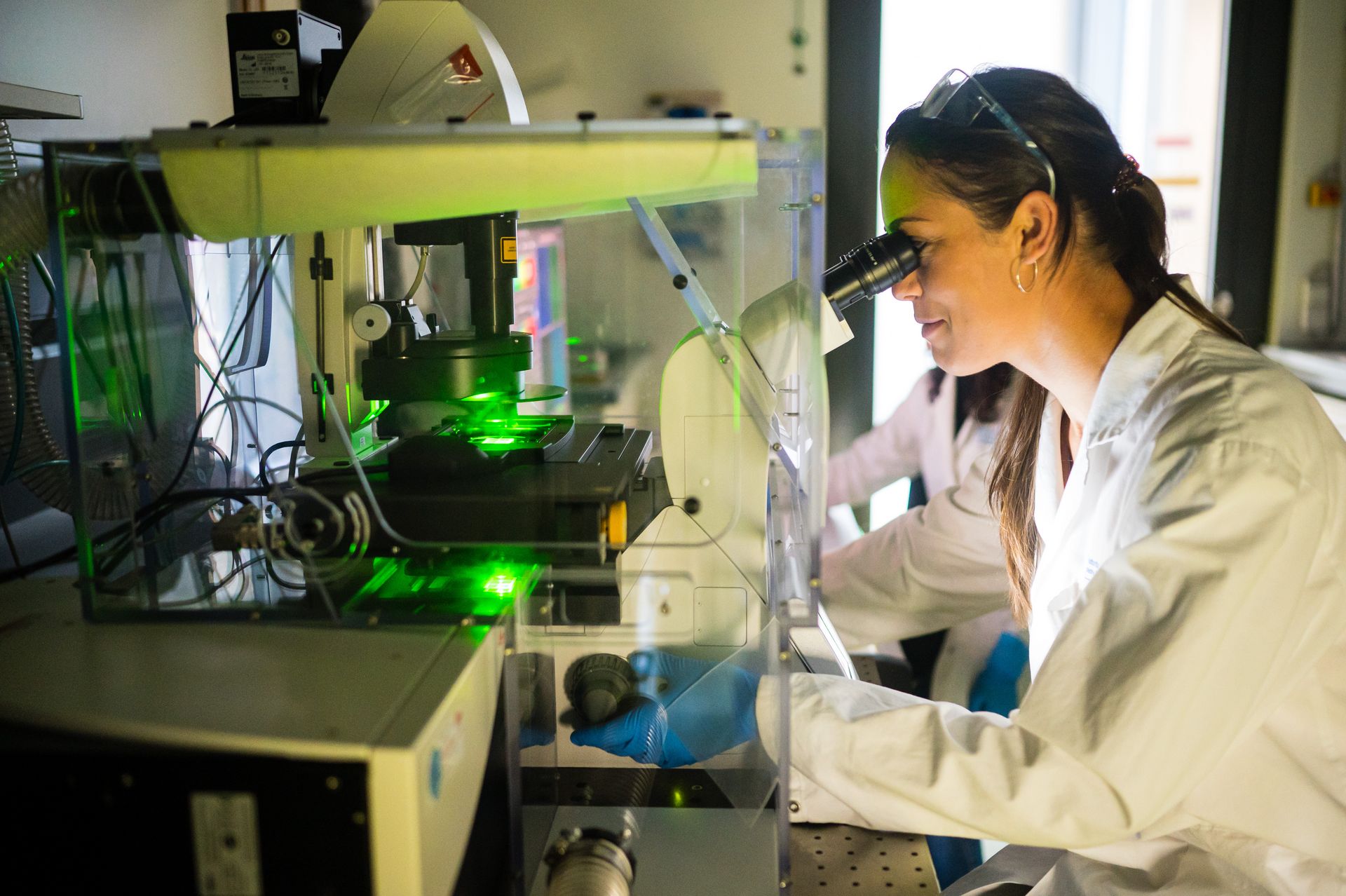
Molecular Interactions and Drug Discovery
Dr. Walid A. M. Elgaher
We utilize various medicinal chemistry approaches for efficient drug discovery addressing unexploited drug targets. Molecular interactions between small-molecule ligands and their partner macromolecules are characterized using a combination of biophysical and computational methods for optimization of affinity, selectivity, and safety.
Our Research and Approach
Our research revolves around the discovery and characterization of small-molecule therapeutics with unprecedented mechanism of action (MoA) for urgent health problems such as antimicrobial resistance, cancer, and neurodegenerative diseases.
For identification of bioactive compounds, we apply multiple strategies including structure- and ligand-based drug design, virtual screening, fragment-based drug discovery, and target-directed ligand assembly. Synthesis, purification and structure elucidation of the designed molecules are carried out using state-of-the-art methodology and analytical instruments.
At the molecular level, we study target–ligand interactions by various biophysical techniques such as SPR, MST, FP, ITC, STD NMR, X-ray crystallography, as well as computational methods, e.g., molecular docking and molecular dynamics (MD) simulation. We characterize molecular interactions in terms of type, strength, geometry, and involved atoms or functional groups for understanding the MoA and optimization of compound’s affinity and selectivity.
Team Members


Research Projects
BAM
The β-barrel assembly machinery (BAM) is a multi-subunit membrane protein crucial for the biogenesis of outer membrane (OM) in Gram-negative bacteria. Interference with BAM is an attractive strategy to develop stand-alone antibiotics against the challenging Gram-negative bacteria. We adopted computer-aided drug design (CADD) approaches for identification of novel synthetic small molecules with favorable activity profile. Structure–activity relationship (SAR) studies are established for hit optimization.
IRG1
The human immune-responsive gene 1 (IRG1), also known as cis-aconitate decarboxylase (ACOD1), is a mitochondrial enzyme that is upregulated in bacterial- and viral infections, sepsis, inflammation, as well as tumors. It catalyzes the conversion of cis-aconitic acid to itaconic acid, an endogenous immunomodulatory metabolite that has been associated with immune exhaustion. Inhibition of IRG1 has been shown to protect against microbial infection and prevent tumor progression in vivo, highlighting IRG1 as a promising therapeutic target for developing host-directed anti-infective and immunoprotective agents.
We pursued both structure- and ligand-based design campaigns for multidimensional optimization of novel IRG1 modulators with significantly improved activities compared to the first natural ligand citraconic acid (CA), we discovered recently. Molecular interactions are assessed using ITC and X-ray crystal structures. Our lead candidates are further investigated in a proof-of-concept (PoC) study for their anti-infective and cytoprotective effects in animal models (in collaboration with HZI and UdS).
Publications
An overview of Walid A. M. Elgaher`s publications can be found on his personal page.



